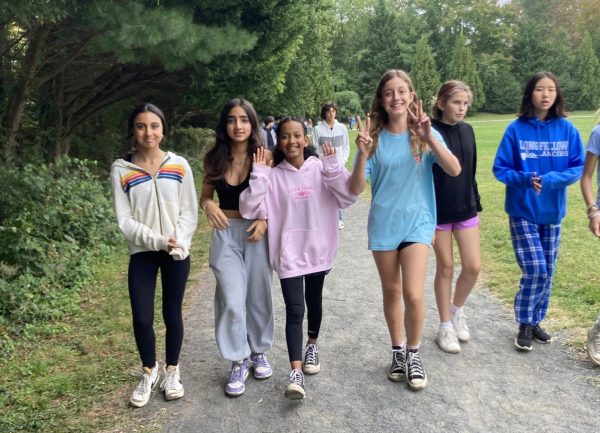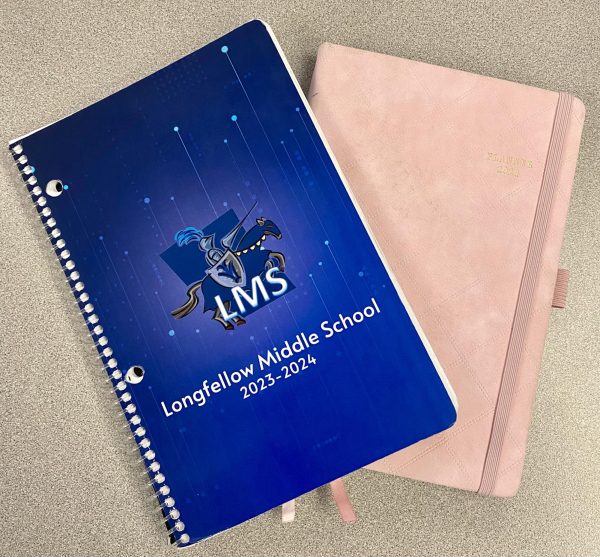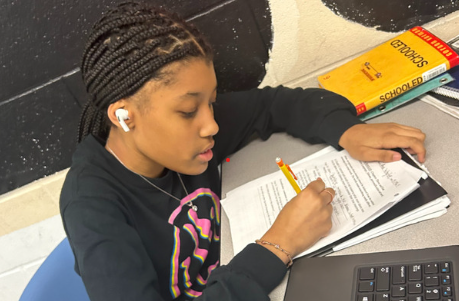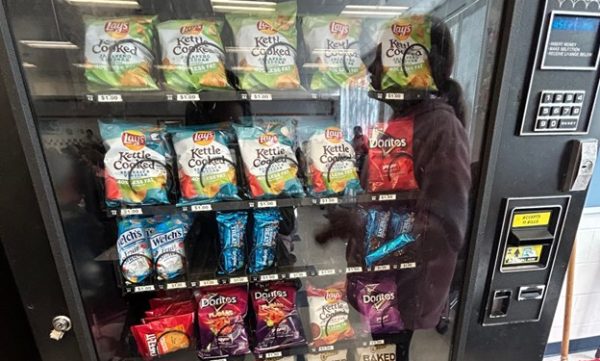Students Overcome Social Hurdles of Virtual Learning
Students explore new ways to stay connected in their virtual environment.
While the CDC stresses that adhering to social distancing guidelines due to COVID-19 is critical for safety, there is no denying the adverse effects such isolation has had on their social lives during online learning. Even so, it is still possible to decrease the resulting feelings of anxiety and loneliness and find a balance between academics and social interaction.
Social and Mental Health Concerns
In theory, online learning provides a materials-based curriculum, which should provide students with sufficient opportunity to achieve academic success. This was established as far back as 1999, when Kathy Lynch of Monash University in Australia presented a paper at a symposium entitled, “The Social Impact of Online Learning.” At the time, according to Lynch, some teaching professionals felt online learning would increase connectivity, but others warned of social isolation.
Now that students have transitioned to online learning and experienced it for several months, they have made it evident that one major factor is lacking in their experience: the opportunity for social connection and communication.
“During this pandemic, kids’ entire social lives take place on screens,” said Longfellow student Neha Chandran, describing distance learning as “inconvenient” and “isolated.”
Lynch proposed back in 1999 that online learning could create “an isolated and socially impoverished learning environment,” and our conversations with Longfellow students seem to bear out that concern.
“Without the classroom setting, many of my friends have grown apart from me as we haven’t been able to talk to each other as much,” said James Wright, a fellow Longfellow Lancer. Other students mention struggling to meet new people due to the lack of social interaction they would usually receive at school.
Teachers at Longfellow are also noticing how distance learning is affecting their students.
“I think anxiety is on the rise,” said Eric Stokes, a Health and Physical Education teacher at Longfellow Middle School, “As is stress and possibly depression.”
Mr. Stokes expressed his concerns with the lack of social interaction and its effects on students’ mental health, arguing that not being able to see other students and release their energy has presented a number of health concerns.
“The lack of social interaction can harm a student more than most realize,” stated an article from LearnSafe titled Mental Health and Distance Learning. The article described the loss of community in students’ lives, as well as how it can lead to increased stress, loneliness, and difficulty concentrating, issues that can affect students’ lives even if they have yet to realize it.
Benefits of Social Interaction
Clearly, maintaining and developing relationships is crucial to a student’s social and emotional well-being, especially during distance learning.
Social interaction, according to a study from Tulane University, promotes student engagement and increased academic performance. Not only that, but it prepares students for future networking environments in which communication skills are essential.
“Social interaction is vital to life,” said Mr. Stokes. “It can improve your mood and make you happy!”
Students who were interviewed agreed that social interaction helped them to manage stress and promote their general happiness in the past. Some also mentioned the teamwork and collaboration aspects involved, in addition to the challenge and motivation students received from their peers.
“We don’t have as many chances to communicate with others… it’s just been less motivating since we’re not in a physical school environment,” explained Rita Yu, an eighth-grader at Longfellow.
Maintaining Social and Mental Health
So what’s the best way to maintain social interaction while social distancing? The CDC recommends calling, using video chat, or staying connected through social media.
iMessage, Google Hangouts, Facetime, and other means of digital communication were all ways students recommended to keep in touch with friends. Alternatively, taking a socially distanced walk with them is a great way to get away from the house and get some exercise.
Experts have also stressed the importance of taking a break from the screen and participating in activities you enjoy.
“The fact is that not taking regular breaks can lead to a significant decrease in academic performance and, in some cases, serious health concerns like anxiety, insomnia, and depression,” stated an article from OnlineSchools.org. They emphasized the importance of exercising both your body and your mind when taking a break, including participating in physical activity, meditation, or even a 20-minute nap to increase focus and productivity.
“I read and listen to music,” said James Wright, “as well as participate in activities that are calming to me.”
Managing your work more efficiently will also help to alleviate that school-related stress.
“A can’t-lose stress management technique for busy students is to get organized,” advised an article from Walden University. The article suggested keeping your desk neat, creating separate folders on your computer, planning projects and assignments throughout the quarter, and setting reminders for important dates on your phone.
Some students mentioned creating a schedule, planning homework, and avoiding procrastination as strategies they use to make more time for activities they enjoy.
“Now that everything has transitioned to a virtual world, I feel like I’m less busy than when we were doing in-person learning,” said Rita Yu. “I’m trying to manage my time better by finishing assignments early and balancing out work.”
LMS Resources for Students
Longfellow Middle School is also offering resources for students to help them adjust to online learning.
“LMS is trying to have fun activities that include the entire student body and faculty,” said student counselor Bruce Walker. These include lunch bunches and Social Emotional Learning Lessons provided by the student services department, as well as after school programs for students which can be found here.
“School counselors have been assisting students to improve and learn skills that help them manage their school day, homework schedule, and resources for learning,” said Mr. Walker. Students can visit the LMS Student Services Website or the LMS Student Central to access these resources.
If you are interested in any of these programs, be sure to reach out to your school counselor or go directly to the links above.
Virtual learning is new to everyone, and like many new things, it can be stressful- especially without the support of your classmates and teachers. But, rather than viewing this situation as an inconvenient setback, see it as an opportunity to explore different learning environments, develop new strategies, and establish resilience for the future.










